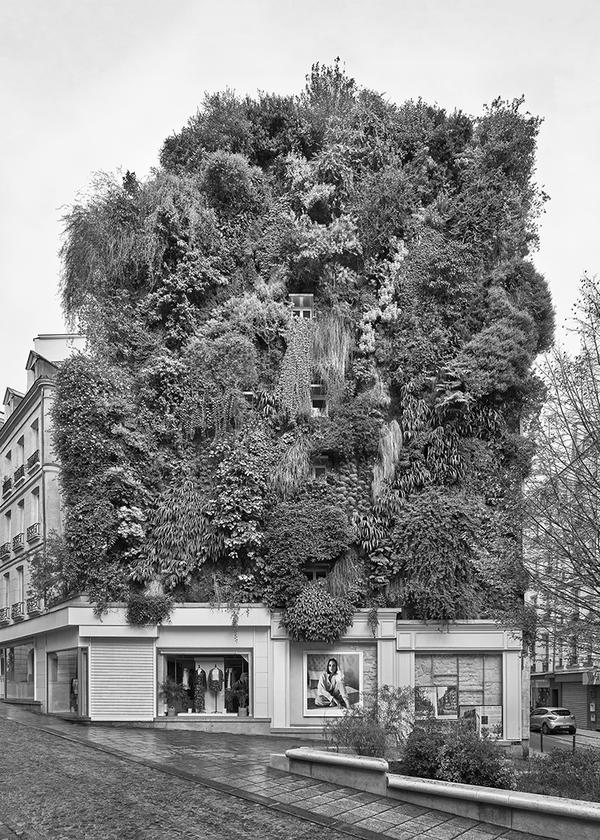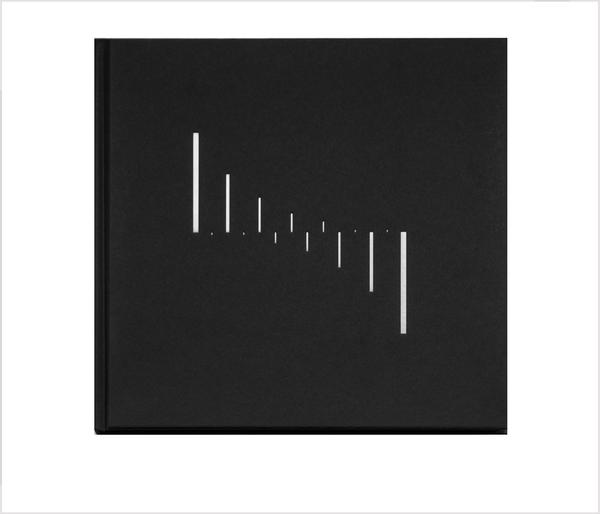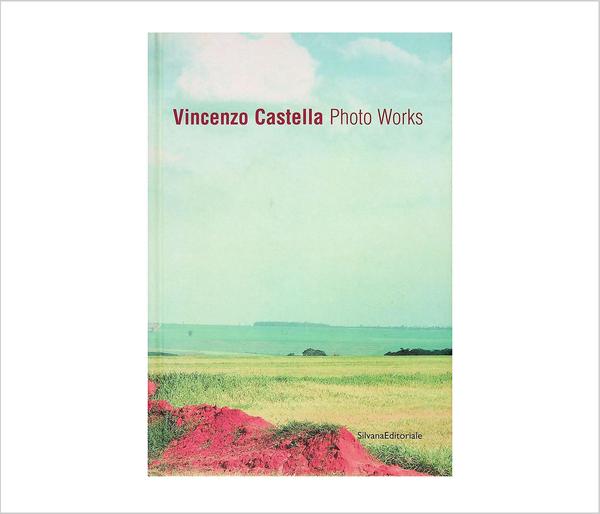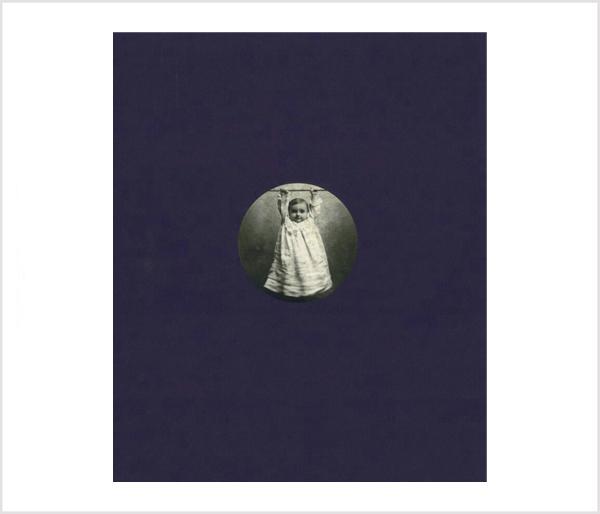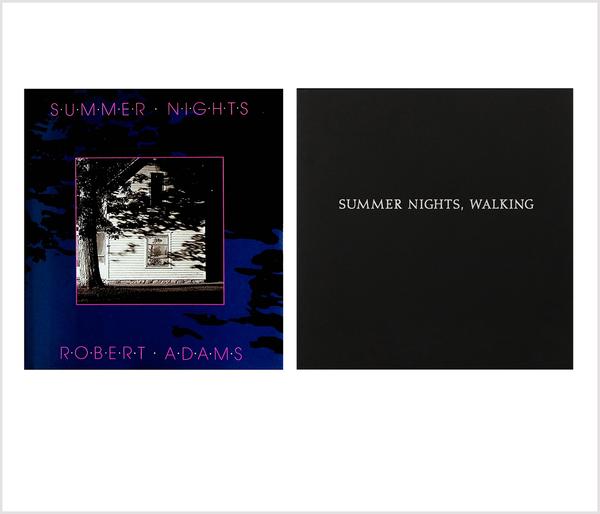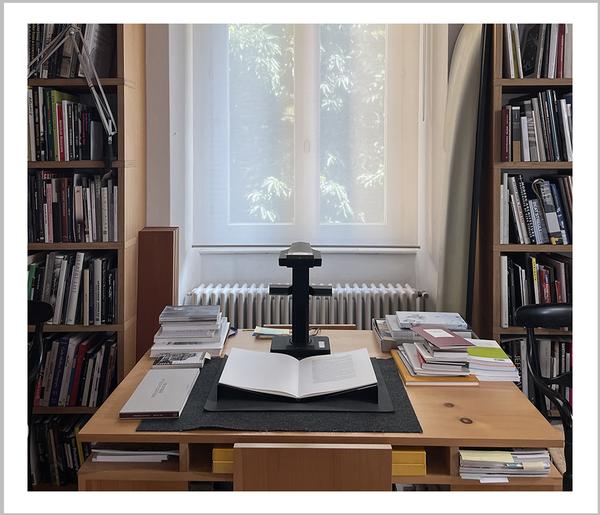Prorogata fino al 28 settembre 2025
"Nel 2021, durante il periodo della pandemia Covid-19, ho fotografato in Francia, Belgio e Italia alcuni ‘muri vegetali’ che non avevano ricevuto manutenzione, ed una serie di situazioni altrettanto bizzarre nella loro forma, quanto inquietanti, dove la vegetazione ha modificato un apparente equilibrio fra natura, cultura e habitat." Pino Musi
Phytostopia è la ventiquattresima mostra della Fondazione Rolla.
Le undici opere esposte provengono dall’archivio di Pino Musi e dalla collezione privata di Philip e Rosella Rolla.
In catalogo un saggio dello storico e teorico del paesaggio Michael Jakob e un breve testo di Pino Musi.
Immagine:
Pino Musi Phytostopia #01, 2021/2025, digital fine-art print, 128.8 × 92 cm
Entrata libera
ogni seconda domenica del mese dalle 14 alle 18
e su appuntamento
con il sostegno di





